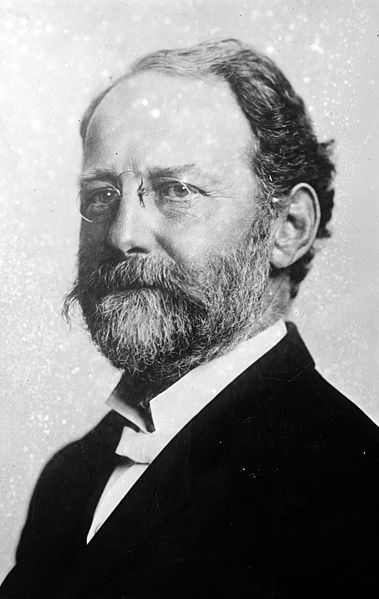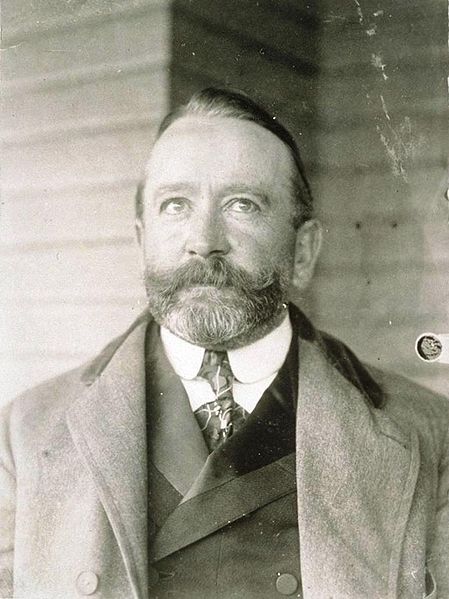George Cooper Pardee was an American doctor of medicine and politician. As the 21st Governor of California, holding office from January 7, 1903, to January 9, 1907, Pardee was the second native-born Californian to assume the governorship, after Romualdo Pacheco, and the first governor born in California after statehood.
George Pardee
Pardee in 1879
President Theodore Roosevelt and Governor George Pardee together in 1904.
Pardee as depicted by cartoonist George Herriman in 1906.
San Francisco plague of 1900–1904
The San Francisco plague of 1900–1904 was an epidemic of bubonic plague centered on San Francisco's Chinatown. It was the first plague epidemic in the continental United States. The epidemic was recognized by medical authorities in March 1900, but its existence was denied for more than two years by California's Governor Henry Gage. His denial was based on business reasons, to protect the reputations of San Francisco and California and to prevent the loss of revenue due to quarantine. The failure to act quickly may have allowed the disease to establish itself among local animal populations. Federal authorities worked to prove that there was a major health problem, and they isolated the affected area; this undermined Gage's credibility, and he lost the governorship in the 1902 elections. The new governor, George Pardee, implemented public-health measures and the epidemic was stopped in 1904. There were 121 cases identified, resulting in 119 deaths.

In January 1900, Honolulu's Chinatown burned down in an effort to control bubonic plague.
Mayor James D. Phelan called Chinese-Americans "a constant menace to the public health."
The scientist who confirmed the existence of plague in California, Dr. Joseph J. Kinyoun was subjected to a defamation campaign.
California governor Henry Gage denied there was a plague.








